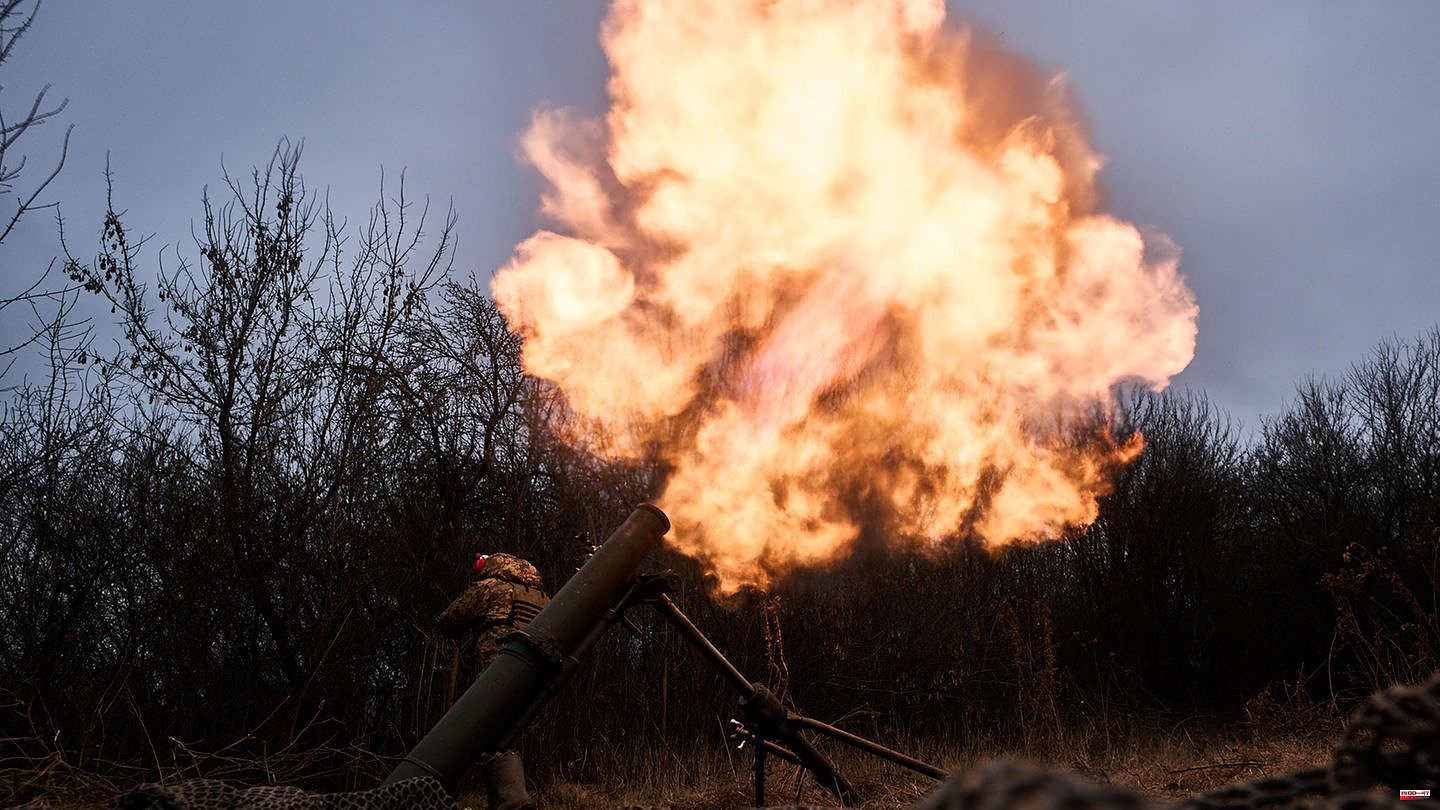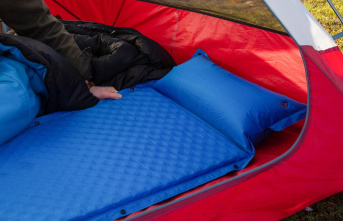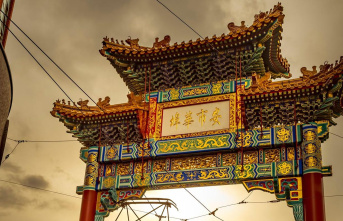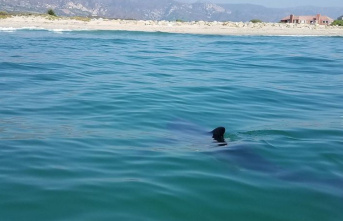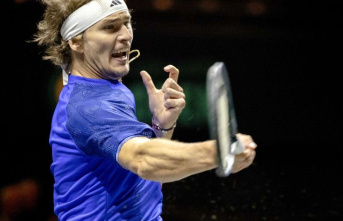The Russian army went into the Ukraine war with the battalion tactical group (BTG), now the BTG is being replaced by the "Assaut Group" - the assault group. The BTG was the structure of an independently operating unit. At its core, it is an armored, mobile battalion reinforced with other support units. The BTG is intended for fast movement combat with high-intensity battles. The BTG has great firepower for short, heavy engagements.
But Ukraine outmanoeuvred what was in itself a modern Russian concept. Kiev's armed forces did not engage in battle in open country. They let the enemy into the country and stiffened their resistance in urban areas such as the suburbs of Kiev. In the confusing cities, the armored combat groups could not deploy their firepower in a meaningful way, and their vehicles became easy targets for commandos who ambushed them in trenches or buildings.
The Russian military had to fight a war for which it was not prepared. Subsequent fighting in the Donbass was then largely fought by other troops. Both the Wagner mercenaries and the Chechen fighters are used to a strong infantry style of fighting and did not plan so much with armored vehicles. During this phase of the war, troops that are traditionally lighter armed, such as parachutists, gained importance on the Russian side.
But in the meantime the Russian army has adapted to the new conditions. A manual describes the Assault Group's structure and tactics, another name is Breakthrough Tactical Group. Studies on this concept were published shortly after the invasion, the preparatory work had already taken place before the raid.
The new conditions are based on the fighting in Donbass. Rather than fast-moving combat in open spaces, combat takes place in a sprawling, largely urban area. Like in Bachmut. The city's high-rise buildings dominate the area, surrounded by a patchwork of smaller settlements and suburbs. In addition, hills and watercourses make movement difficult. On top of that, the entire zone is fortified with ditches, shelters and bunkers.
A movement battle is not possible. Even a breakthrough would not result in the opponent having to give up positions adjacent to the breakthrough point. He can cling to his fortifications and from there fight the enemy operating in open terrain.
In order to achieve success in such terrain, Russians look to the past and learn from the trench warfare of World War I and the house-to-house warfare of World War II, as we know them from Stalingrad and Berlin. The concept of stormtroopers does not come from the Star Wars films, but from the First World War. After it was shown that the attack with large waves in the days of the machine gun brought with it large losses and only small successes, one switched to a more intelligent tactic. Specially equipped and trained groups of soldiers broke into enemy positions in small groups and were primarily equipped for tough hand-to-hand combat. Typical are the bags with which they carried hand grenades and that they did without the long, bulky rifle. Books such as Ernst Jiinger's "Steel Thunderstorm" and films such as Bertrand Tavernier's "Captain Conan and the Wolves of War" bear witness to the battles.
During World War II, ditches and barbed wire barriers could not permanently stop tanks and planes, but resistance stiffened in cities. Tanks and self-propelled guns only had a supporting effect, with the infantry bearing the brunt of the fighting. Since Stalingrad, the Soviets have used specially equipped squads for house-to-house combat.
The Assault Group builds on these traditions again. Also here is a battalion-sized force designed for assaults in urban or wooded areas. The zones where an armored vehicle attack cannot unfold. The group focuses on their two to three assault companies of infantry, supported by the battalion's joint gear. In addition to the expected units such as command, medicine, salvage and artillery, some equipment shows the adaptation to the new task.
The group has flamethrowers and Zu-23. This is an ancient twin 23mm caliber autocannon that can be used against both drones and fortified positions. There are also snipers, man-portable machine grenade launchers (AGS-17) and heavy machine guns (Kord). The whole battalion has only three T 72 main battle tanks left, but more than six 2S9 Nona - a mobile, armored grenade launcher with a caliber of 120 mm.
In combat, the armored units only have the role of directly supporting the infantry. There is only one tank per company. The company in turn consists of assault platoons of about 15 people, which are divided into teams of three soldiers.
The description includes techniques that have already been observed in the field. Because of the mines and booby traps, it is not recommended to enter abandoned positions. A maximum of one minute should elapse between the end of the artillery fire and the actual storming of a position. This means that the soldiers have to approach the enemy while their own artillery is still working. Also typical are the instructions that the attacking soldiers should leave behind the injured and continue the attack, the injured should be rescued by paramedics.
The Assault Group has far fewer armored vehicles than a BTG, making it a smaller unit overall. It is also noticeable that many simple weapon systems such as towed artillery and anti-aircraft defenses are used. This is probably due to a lack of modern systems and not to the special conditions of use. What is striking is the strong emphasis on artillery of all kinds. The Sturmgruppe has high firepower at short to medium ranges, even with high-angle guns, which have the greatest effect in built-up areas.
However, much of this firepower comes from older weapons, some of which were introduced as early as the 1960s. But that doesn't mean these weapons are ineffective. The US Army's heavy machine gun (M2 Browning) even dates back to the First World War.
The Assault Group's equipment can essentially be contested from old depot material. It therefore not only indicates an adaptation to the operational area, it is also a sign of how the Kremlin intends to endure a long war. Putin has large quantities of such war equipment at his disposal, even if it has to be reprocessed after storage.
The concept of the storm or breakthrough group is a clever adaptation to the changed conditions, but encounters a problem: Infantry battles of this type were only successful if the deployed troops were very well trained, highly motivated and attuned to one another. During the First and Second World Wars, members of such squads always saw themselves as the elite, as born fighters and not as drafted and trained soldiers. And the Russian army has hitherto been lacking in training and motivation.
Quelle: Tatarigami_UA, Fort Benning

